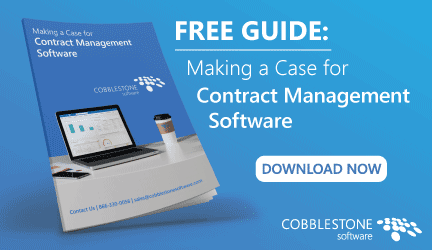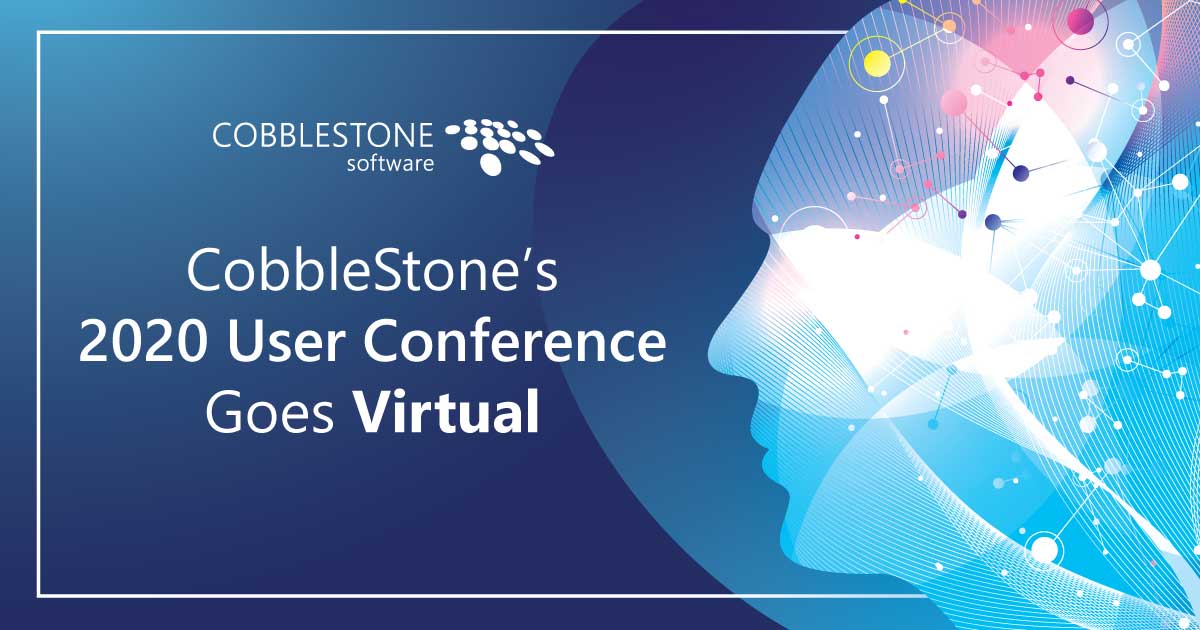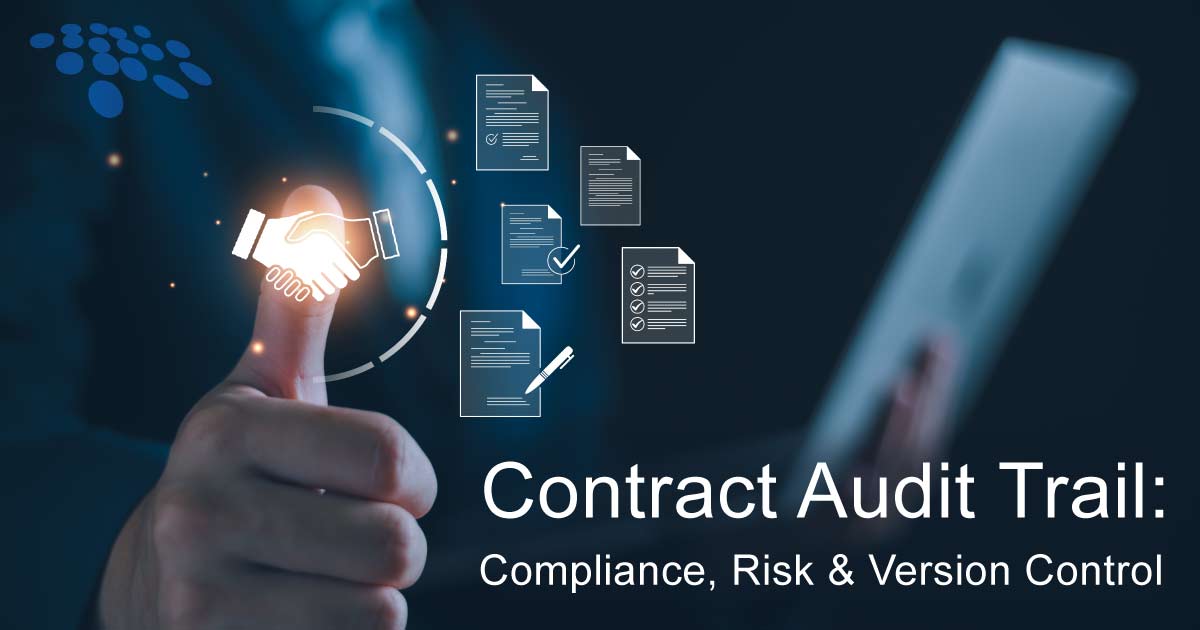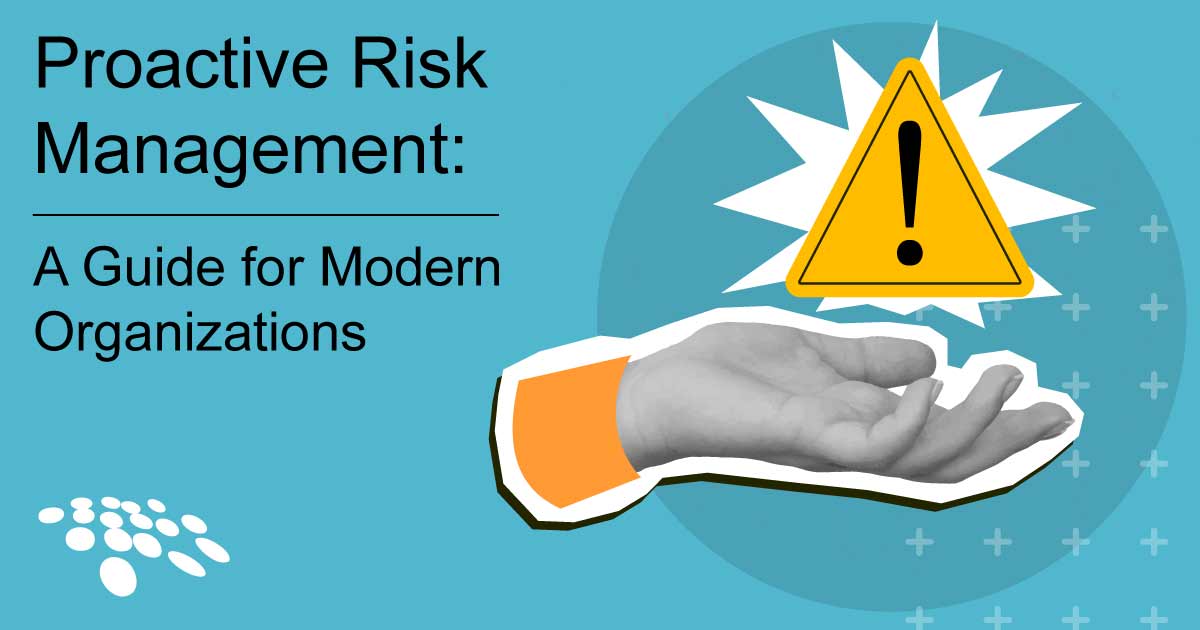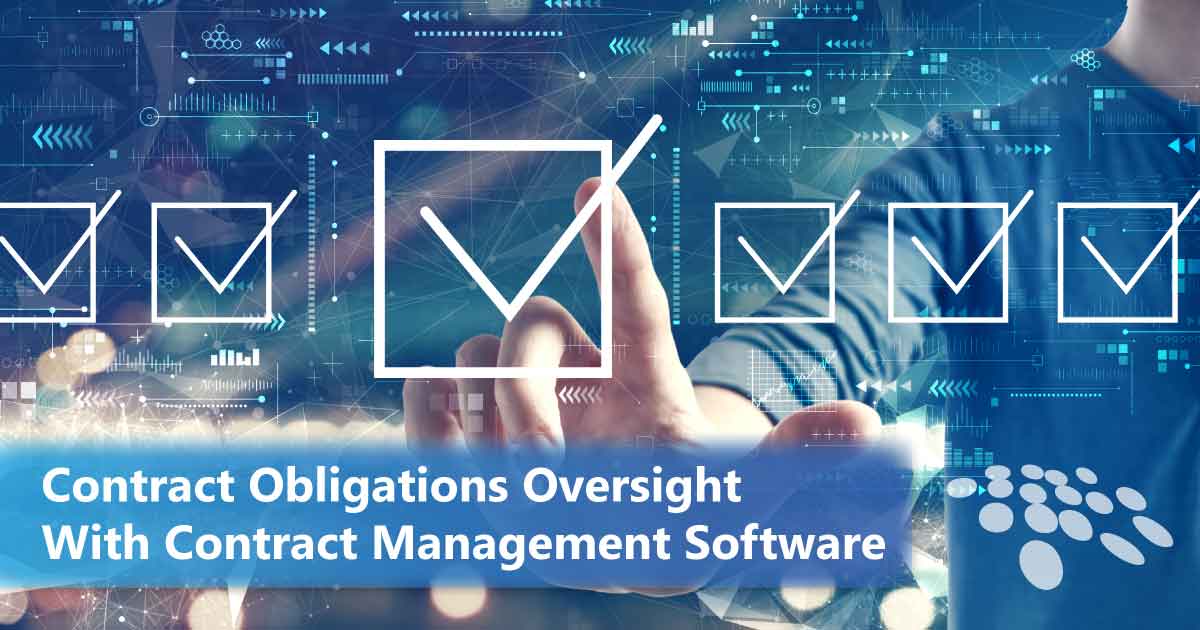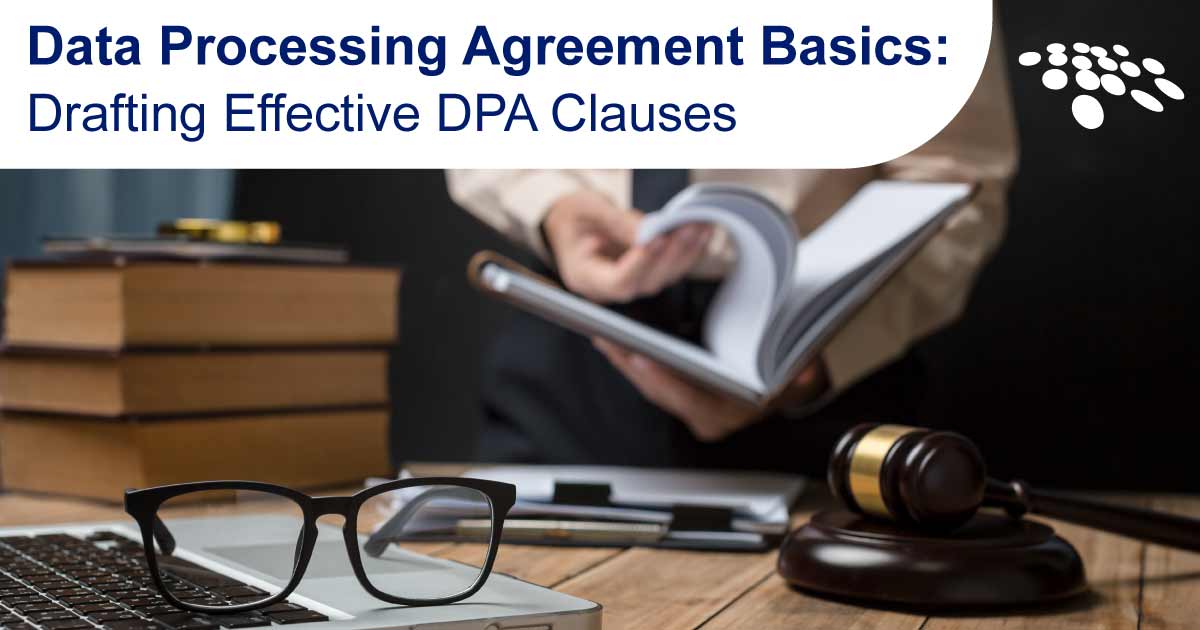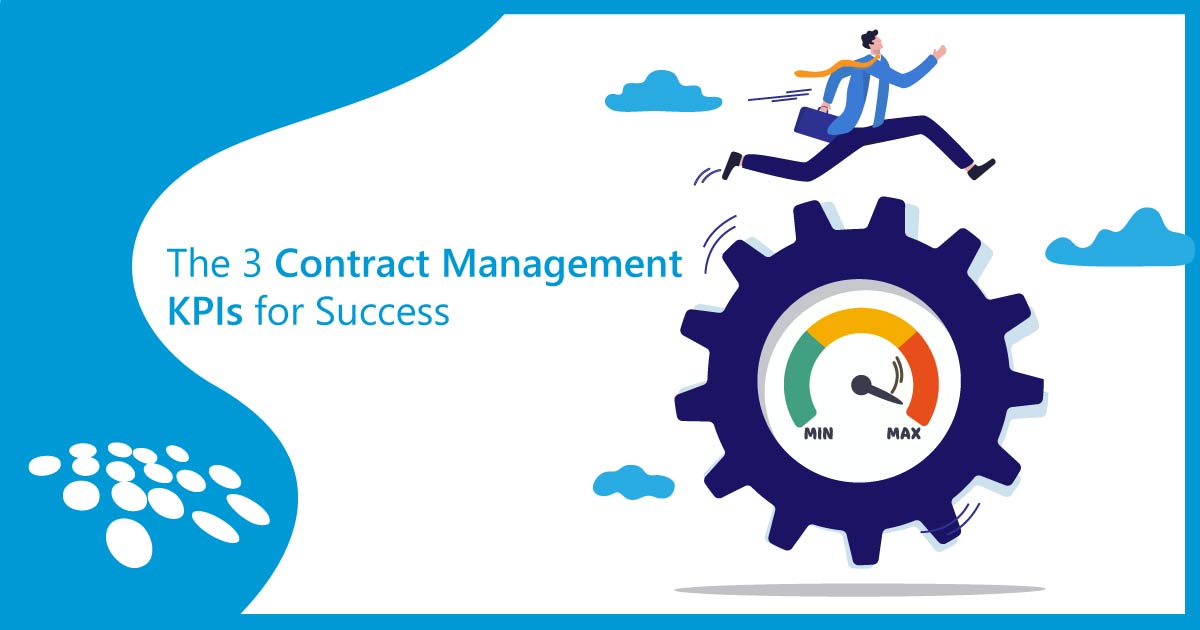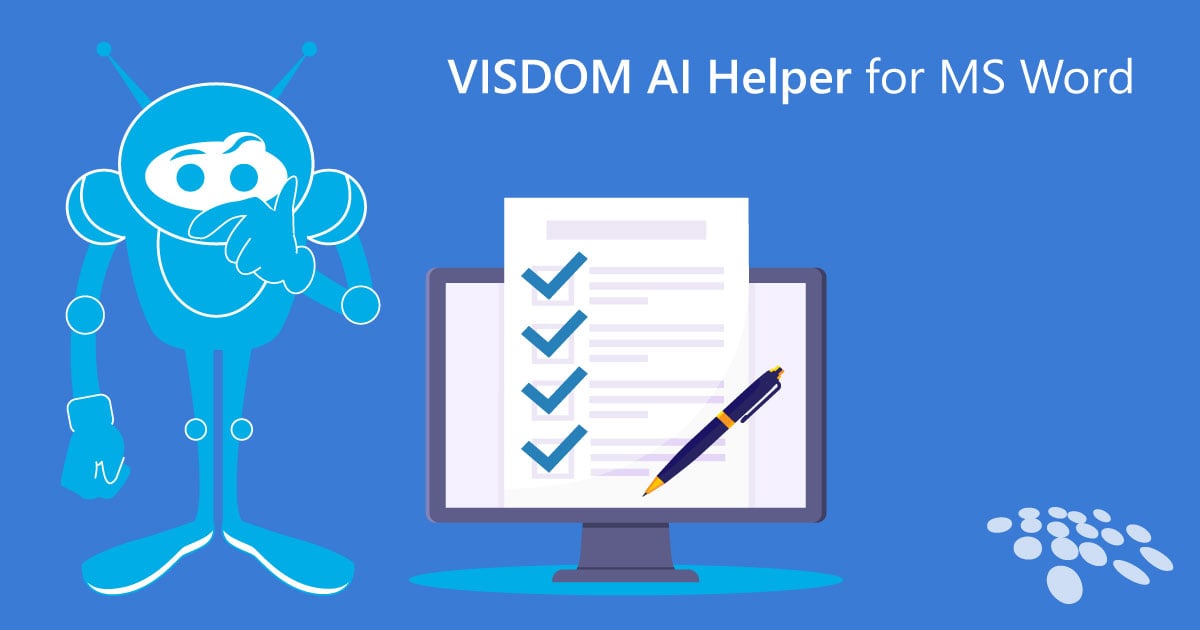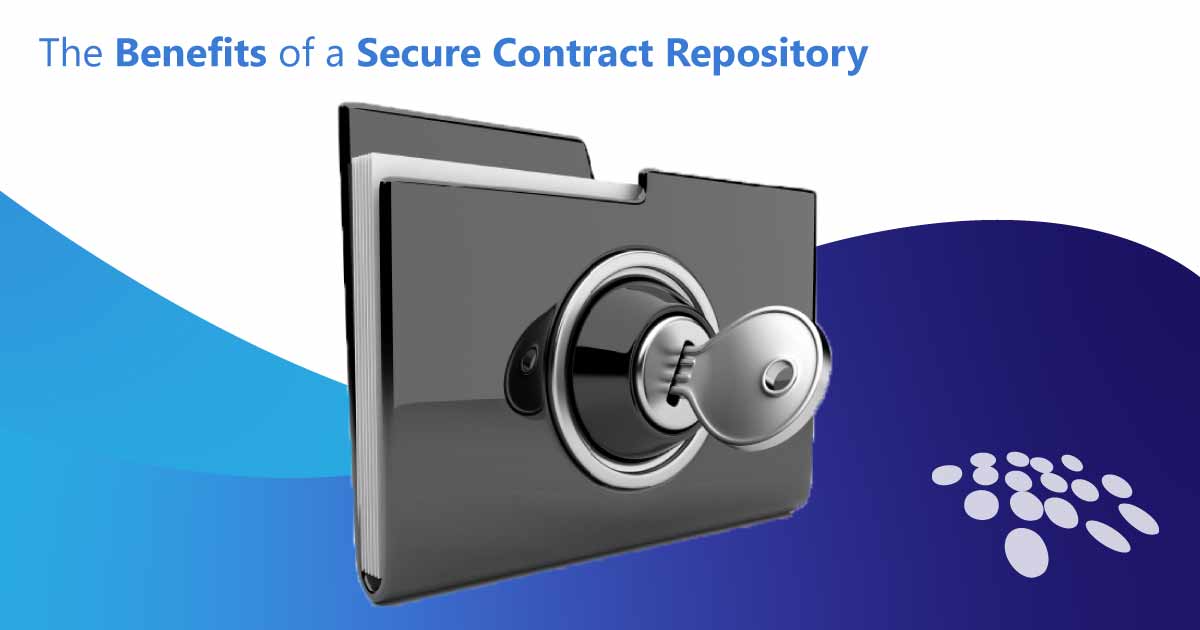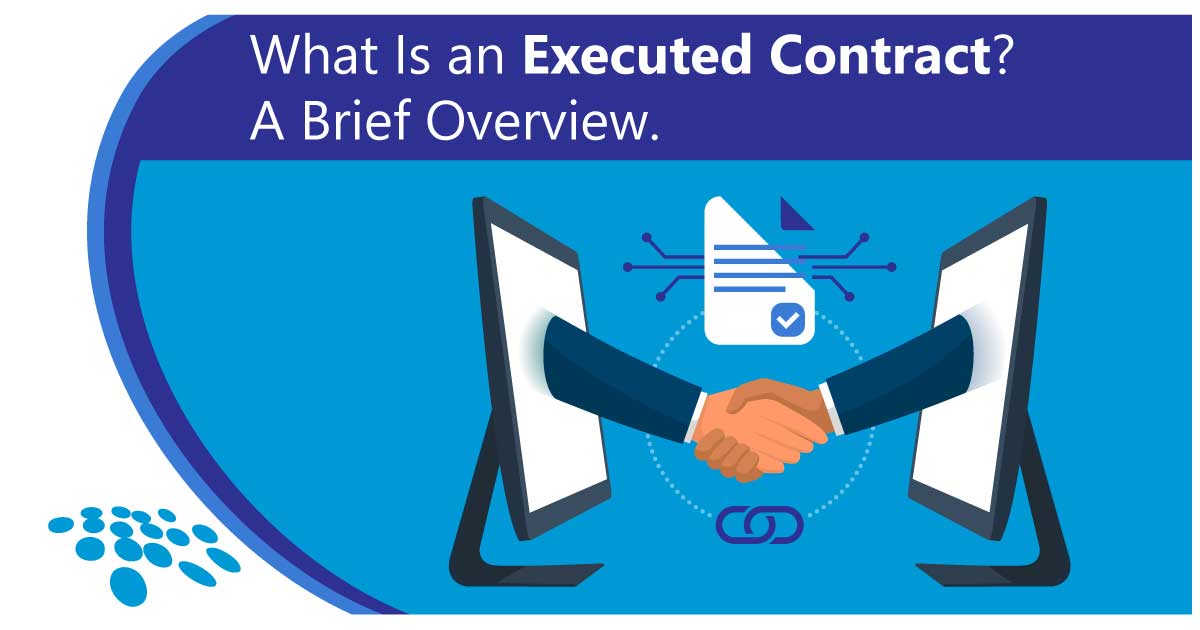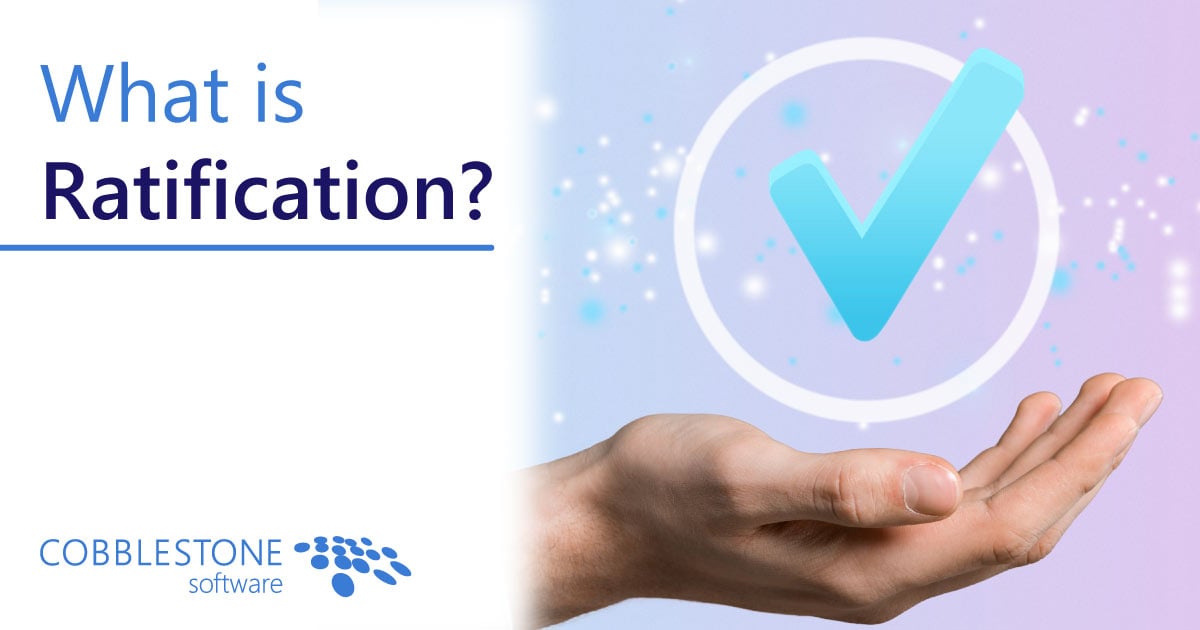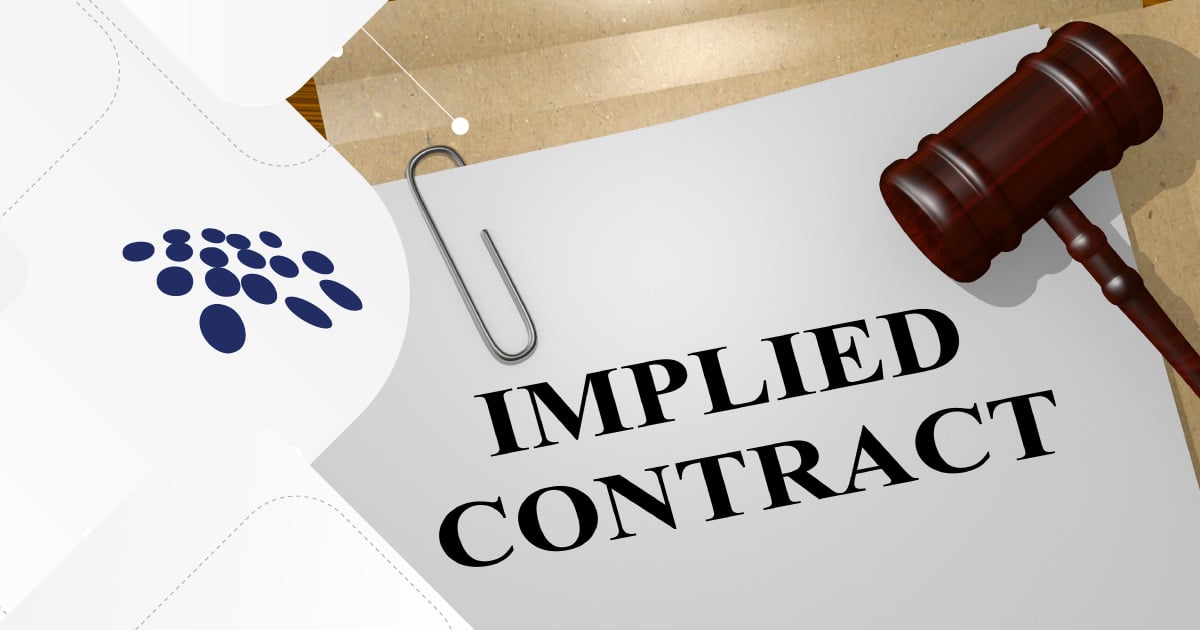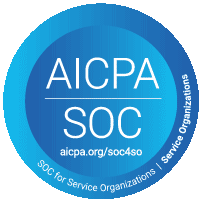
The Financial Accounting Standards Board's – or FASB's – current ruling and guidance on revenue recognition - ASC 606 - may be important from both accounting and legal contract management standpoints. The legislation applies to organizations required to report revenue as per FASB standards, organizations that have earned revenue over time, and organizations that have earned revenue when goods and services are delivered or performed. Discover how leading contract management software – which assists many legal and accounting professionals - can help organizations remain compliant according to the FASB's Accounting Standards Codification (ASC).
What is the FASB?
The FASB is the source of authority for generally accepted accounting principles (GAAP) for non-government entities. The FASB guides organizations in identifying revenue based on performance obligations. There are promises within a contract that may help determine when to recognize and report revenue.
What is ASC 606?
ASC 606 guides businesses on how they should recognize revenue per FASB standards. At the time of writing this, ASC 606 is not finalized, so be sure to check with FASB on the final FASB ruling and with your organization's accountant. In general, ASC 606 clarifies how revenue should be recognized based on when the contract party has delivered (or purchaser has received). The FASB's conclusions on this process can be drawn from "Background Information and Basis for Conclusions" issued in ASU 2014-09, Revenue from Contracts with Customers (Topic 606).
In general, myriad performance obligations are stated in a contract, and ASC 606 provides guidance for accountants. As such, contract parties should clearly define when obligation items are considered delivered (or accepted) so that revenue can be recognized.
ASC 606 has vast implications for an array of different agreements. For example, suppose there is a license agreement with a contract term of five years with a total contract amount of five thousand dollars. In this case, it may be advisable to state in a contract's terms that annual revenue is one thousand dollars per year, which is deemed accepted and delivered according to ASC 606.
A Process for Following ASC 606 Revenue Recognition
Overall, acceptance (or delivery) of obligations and items should be clearly defined. Consequently, the definition of revenue generation as per a contract's terms can be easily identified. These defined terms should be used as the control mechanism of goods or services transferred to clients.
Here are five steps for achieving a healthy understanding of contract terms as they apply to item deliverables and, in turn, revenue recognition:
- Draft a contract with a counterparty.
- Identify the performance obligations in that contract.
- Determine transaction prices.
- Allocate those transaction prices to the performance obligations in the contract.
- Recognize revenue when parties satisfy performance obligations.
Putting a Revenue Recognition Process into Practice
Below is a relevant, "real-life example" of the FASB ASC 606 revenue recognition detailed above.
A client can terminate a contract without a substantive cost or penalty. Only the contract's noncancelable portion is accounted for under the ASC 606 revenue recognition standard - even if the client is unlikely to exercise its termination right. There is a termination right that allows the client to cancel the contract within 30 days' notice. At any point, the client can terminate the agreement based on the terms and receive a pro-rata refund.
Undelivered services associated with the contract must be excluded from deferred revenue. Non-refundable upfront fees - such as so-called "activation fees" or "initiation fees" - do not relate to customer performance obligation, even when the payments are non-refundable.
Revenue is recognized over time for a performance obligation to manufacture a customized good if it meets two requirements: (a) the asset being created has no alternative use and (b) the manufacturer holds an enforceable right to payment for performance throughout the life of the contract.
There could be a significant change in accounting for customized goods for which revenue was previously recognized. The revenue recognition will often depend on whether the contract terms provide an enforceable right to payment for performance if the client/customer cancels the contract or nonperformance. Contracts that span multiple years should include prices that are included over time. Some provisions could result in a cash payment to the customer due to liquidated damages and service level agreements (SLA); therefore, the estimated cost of a Warranty obligation should be specified in the contract.
How Does Contract Lifecycle Management Help?
- Leading contract management software features out-of-the-box and configurable data fields to track the counterparties, contract amounts, effective dates, term lengths, and expiration dates of a given record. AI-based data extraction streamlines contract record creation.
- Cutting-edge contract lifecycle management software offers a contract writing interface that enables users to generate and author contracts based on their organization's standard terms and conditions. Users can leverage the easy merging of document templates with contract record data using their organization's pre-approved clause library.
- Price/Cost tables enable users to track each line item, price, quantity, and date of a pricing item (and necessary fields can be easily configured according to an organization's needs).
- Users can leverage automated alerts and notifications, task escalation, and intelligent automated workflow. Billing alerts can be triggered based on the competition of tasks.
- Reliable contract management software features financial tracking that allows users to enter pricing and billing transactions with dates and invoices.
- Organizations can also use advanced contract management software's proprietary contract intelligence. AI and machine learning functionality can be used for future recognition of clauses, clause extraction to fields for third-party contracts, and audits of historical contract records.
Additional Recommendations for Following ASC 606
- We here at CobbleStone recommend adding in a field named "Is Subject to Revenue Recognition Guidance" as a contract identifier for your accountants and legal teams to track relevant contracts quickly.
- Add fields for cancelation refunds and rate increases.
- Integrate your source-to-contract management software platform with popular ERPs, accounting systems, and other mission-critical applications.
Get Started with FASB and ASC 606 Compliance Today!
Now that you know how to prepare to follow the guidelines of the FASB and, more specifically, ASC 606, it is time to employ the right contract management software solution for your organization's needs. The solution you need is CobbleStone's Contract Insight® Enterprise contract management software.
Contract Insight is easy to use – with out-of-the-box features and a low-friction, scalable functionality based upon configurable fields, records, tasks, reports, and more.
Generally, the ASC 606 ruling is not final as of the publication of this article. As such, it is recommended to seek both an accountant's advice and legal advice by an attorney in your state as this article is not either accounting or legal advice. This article is written to provide some highlights about the FASB ASC 606 ruling and how Contract Insight can help you navigate its requirements.
About CobbleStone Software
CobbleStone Software has been a leader in contract management and procurement solutions since 1995. For more than twenty years, CobbleStone has helped organizations improve contract performance with leading-edge eSourcing, vendor management, and contract management software solutions. CobbleStone’s Contract Insight offers electronic signatures, smarter contracts with AI and machine learning, custom reports, document version control, vendor rating and scoring, full-text indexing and searching, executive graphical dashboards, OFAC search automation, sourcing and bidding, contract writing with dynamic templates and clauses, robust security options, contract workflow management, calendar notifications, contract and vendor tracking, configurable email alerts, and more.




